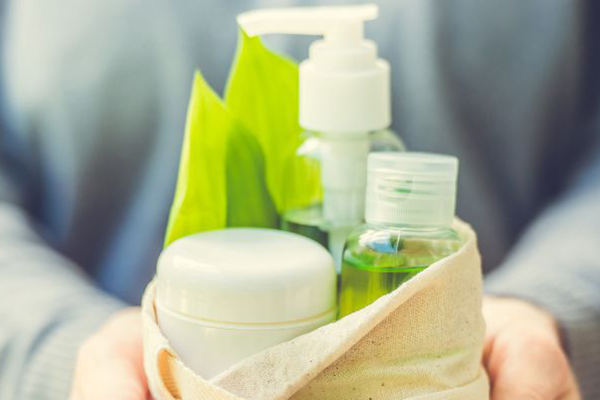Sustainable Cosmetic Packaging: A Greener Approach to Beauty
The cosmetics industry, with its vast array of products and packaging, has come under scrutiny for its environmental impact. Traditional packaging materials, often made from non-renewable resources and ending up in landfills, have raised concerns about the industry’s sustainability practices. In response, the concept of sustainable cosmetic packaging has emerged as a promising solution to minimize the industry’s environmental footprint.
Defining Sustainable Cosmetic Packaging
Sustainable cosmetic packaging encompasses a range of materials and practices that prioritize environmental responsibility and minimize waste. These packaging solutions are designed to be:
-
Biodegradable or compostable: These materials break down naturally over time, reducing the burden on landfills and contributing to a circular economy.
-
Recyclable: These materials can be processed into new materials, reducing the need for virgin resources and minimizing waste.
-
Reusable: These materials can be used multiple times, eliminating the need for single-use disposables.
-
Recycled content: These materials incorporate a percentage of post-consumer or post-industrial recycled materials, reducing the demand for virgin resources.
-
Minimalist design: These packages use minimal material and space, reducing the overall environmental impact.
Materials for Sustainable Cosmetic Packaging
A variety of materials can be used to create sustainable cosmetic packaging, each with its unique properties and advantages:
-
Plant-based materials: Plant-based materials, such as corn starch, sugarcane, bamboo, and bioplastics, offer renewable and biodegradable alternatives to traditional packaging materials.
-
Recycled materials: Recycled materials, such as paper, plastic, glass, and aluminum, reduce the need for virgin resources and conserve natural resources.
-
Post-consumer recycled materials: Post-consumer recycled materials are derived from used products, giving these materials a second life and reducing waste.
-
Refillable containers: Refillable containers encourage multiple uses, eliminating the need for single-use disposable packaging.
-
Concentrated products: Concentrated products reduce the amount of packaging required, as consumers need less product per use.
Benefits of Sustainable Cosmetic Packaging
Adopting sustainable cosmetic packaging offers a multitude of benefits:
-
Environmental Protection: Sustainable packaging reduces landfill waste, minimizes pollution, and conserves natural resources.
-
Sustainable Practices: Sustainable packaging promotes sustainability by utilizing renewable materials and reducing the environmental footprint of cosmetics production and consumption.
-
Consumer Awareness: Sustainable packaging choices demonstrate a commitment to environmental responsibility, appealing to eco-conscious consumers.
-
Brand Image: Sustainable packaging can enhance a brand’s image, aligning it with sustainable values and attracting environmentally conscious customers.
-
Cost-Effectiveness: In the long run, sustainable packaging can be cost-effective, as it reduces waste disposal costs and may attract a wider customer base.

Challenges and Considerations
While sustainable cosmetic packaging offers promising solutions, there are some challenges to consider:
-
Cost: Sustainable packaging may have a higher initial cost compared to traditional packaging.
-
Availability: Sustainable packaging options may not be readily available for all types of cosmetic products and packaging formats.
-
Performance: Sustainable packaging materials may require careful selection and design to ensure adequate protection and preservation of cosmetic products.
-
Consumer Education: Consumers need to be educated about the benefits and proper disposal methods of sustainable packaging.
-
Industry Collaboration: Collaboration among cosmetic brands, packaging suppliers, and waste management companies is crucial for developing and implementing sustainable packaging solutions on a large scale.
Conclusion
Sustainable cosmetic packaging is an essential step towards a more environmentally responsible and sustainable cosmetics industry. By embracing eco-friendly packaging solutions, cosmetic brands can reduce their environmental impact, conserve natural resources, and align their practices with the growing demand for sustainable products. As technology and innovation advance, sustainable cosmetic packaging options will continue to evolve, offering more effective and environmentally friendly solutions for packaging cosmetics.
Post time: 11-07-2023

